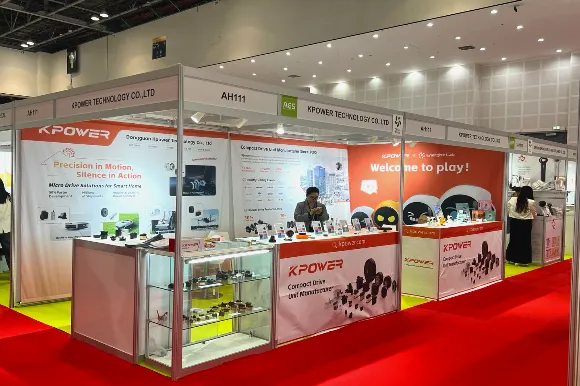Unlocking the Potential of Servomotors: Your Gateway to Precise Movements with Arduino
If you’ve ever dreamed of building your own robot arm, a remote-controlled vehicle, or an automated home system, mastering how to connect and control a servomotor with Arduino opens up a universe of possibilities. Servomotors are the heartbeat of many robotics projects due to their ability to provide precise angular positioning, quick response, and excellent torque. Whether you’re a beginner or an experienced maker, understanding how to seamlessly integrate these motors into your Arduino projects is a skill worth cultivating.

What Is a Servomotor? Before diving into the connection process, let's clarify what exactly a servomotor is. Unlike regular motors that spin endlessly, a servomotor is designed to rotate to a specific position within its range, which is usually 0° to 180°. It combines a small motor, a gear train, a position sensor (potentiometer), and a control circuit—all packaged into a compact module. The main advantage is that it can precisely hold and move to a specific angle based on control signals.
Choosing the Right Servomotor When embarking on your project, selecting the right servomotor is essential. There are several types—standard servos, high-torque servos, mini servos, and digital servos. For most beginner projects, a standard, hobby-grade servo (like the SG90 or MG90S) usually suffices. These are affordable, readily available, and easy to implement. However, if your project demands more power, consider high-torque or continuous rotation servos.
What You'll Need: Preparation Checklist
An Arduino board (Uno, Mega, Nano, etc.) A compatible servomotor (e.g., SG90) A breadboard and jumper wires External power supply (recommended for multiple or high-torque servos) Resistors (if needed for signal level protection) A computer with Arduino IDE installed
Understanding the Connection Basics Connecting a servomotor to Arduino is straightforward, but it's vital to respect the power requirements since servos can draw more current than the Arduino's on-board pins can safely supply. Here’s a quick rundown:
Signal Pin: Connects to one of Arduino’s PWM (Pulse Width Modulation) capable pins (like pin 9 or 10). Power (Vcc): Connects to the servo's power supply (often +5V). For multiple servos or high-torque models, an external power source is recommended to prevent overloading the Arduino. Ground (GND): Common ground connection between Arduino and servo power supply.
Wiring a Typical Servomotor Let’s visualize a simple wiring example with an SG90 servo:
Signal wire (usually orange or white): Connect to Arduino digital pin 9. Power wire (red): Connect directly to the external +5V supply. Ground wire (brown or black): Connect to the external ground and also to Arduino GND to ensure common reference.
Important: Always verify your servo's voltage and current ratings, and avoid powering it directly from the Arduino’s 5V pin if you're controlling multiple servos or using a high-torque model, as this might cause voltage drops or resets.
Sample Wiring Diagram Imagine a simple setup: a breadboard with Arduino connected via jumper wires. The servo's signal wire links to Digital Pin 9, the power wire to an external 5V source, and the ground to both the external power source and Arduino GND. This creates a stable, reliable connection conducive to smooth operation.
Introduction to Coding Once wired, the next massive step is programming your Arduino to control the servo. The Arduino IDE provides an easy-to-use library called the Servo library, making this task accessible even to beginners.
In the next section, we’ll explore how to upload your first servo control code, experiment with angles, and understand pulse signals. Before that, ensure all your hardware is correctly wired, your power sources are connected, and you’re ready to dive into coding.
Kpower has delivered professional drive system solutions to over 500 enterprise clients globally with products covering various fields such as Smart Home Systems, Automatic Electronics, Robotics, Precision Agriculture, Drones, and Industrial Automation.




































